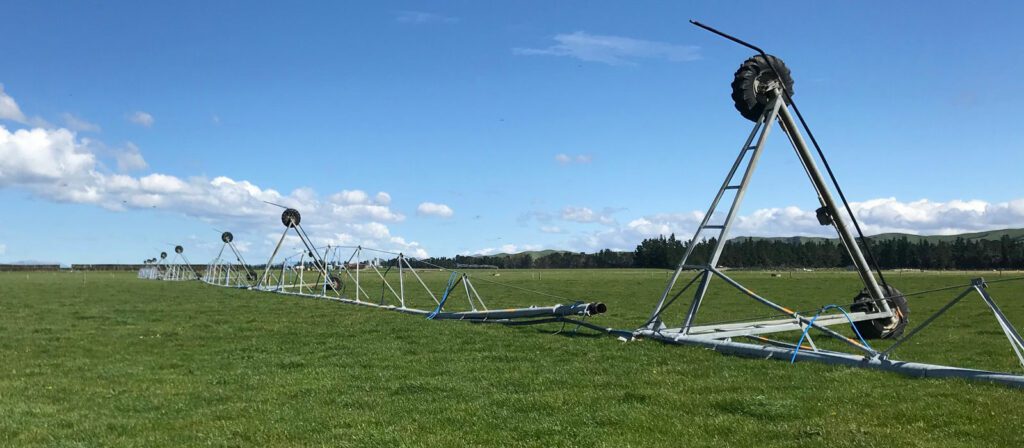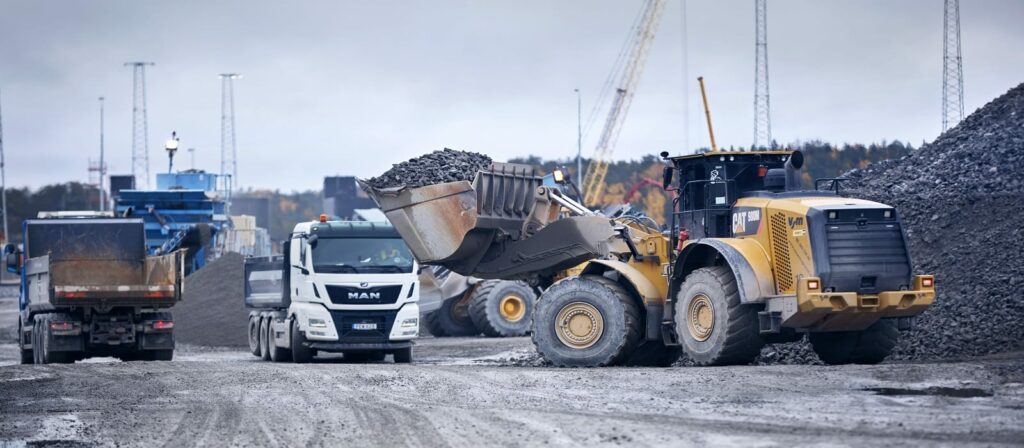The increase in natural hazards in the context of climate change, the concentration of insured risks and population growth is posing new challenges for people in Switzerland. In the Alpine region, the rising permafrost line is leading to more landslips, mudslides and rockslides. Experts are forecasting a marked increase in floods in the lowlands.
A great deal of specialized knowledge is required to assess the risks from natural hazards. This information is difficult for most of the resident population to access. Real estate owners and tenants want a quick way of finding out whether their properties are at risk and whether protective measures are necessary. This is why the company launched the Zurich Radar for Natural Hazards. At zurich.ch/naturalhazards, laypeople and experts can determine the natural hazards for each property in Switzerland with just a few clicks of a mouse. For the first time, they can get specific information about measures they can take to reduce the risk.
The Zurich Radar for Natural Hazards is an indispensable tool for parties commissioning construction work, homeowners and companies, but also for all tenants who would like to find out about the natural hazards in the place where they live. Whether it’s a question of floods, landslides, falling stones or avalanches, the Radar enables a user-friendly and sound analysis of locations and properties. The web-based analysis tool has been developed in collaboration with the engineers and geologists from GEOTEST AG and with the support of the Confederation and the cantons. The Radar is based on the cantonal hazard maps and hazard index maps and on the maps of the Federal Office for the Environment (BAFU).
The Natural Hazard is also a valuable tool for Zurich’s customer advisors. During a meeting with private or corporate clients regarding household, buildings, or property insurance, it enables them to educate customers about the risks associated with natural hazards. Given the increasing risks posed by natural hazards, the tool is becoming even more important.


